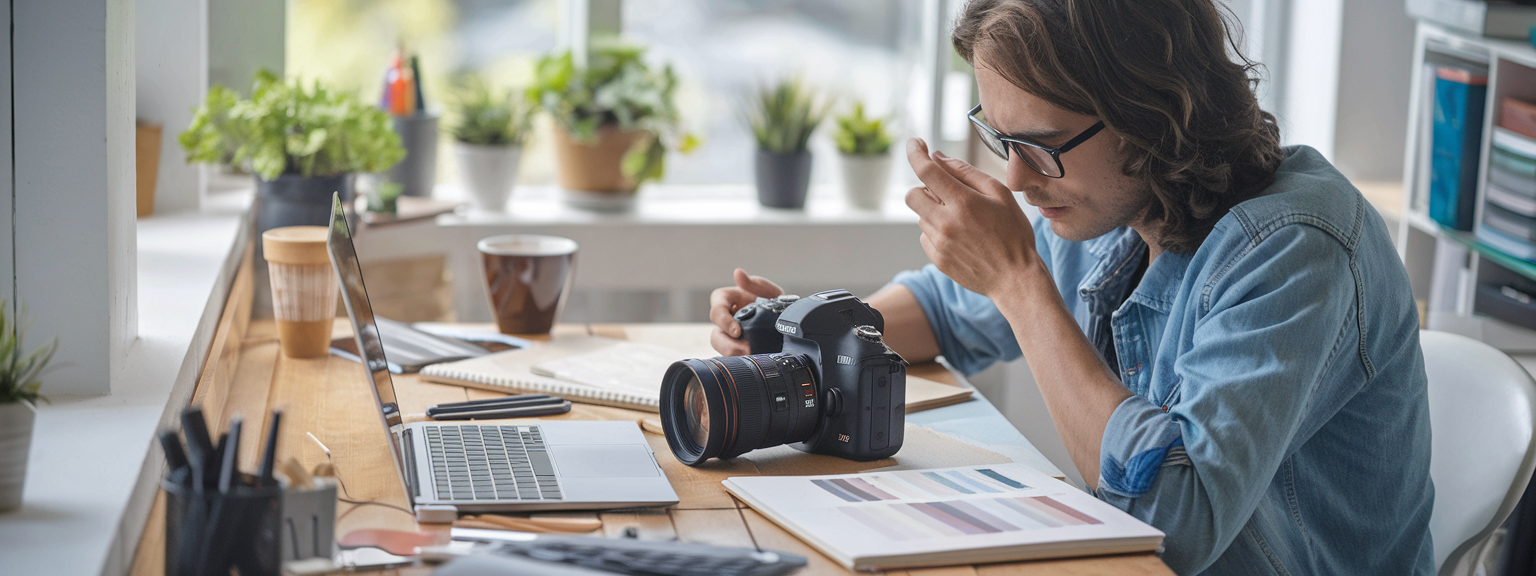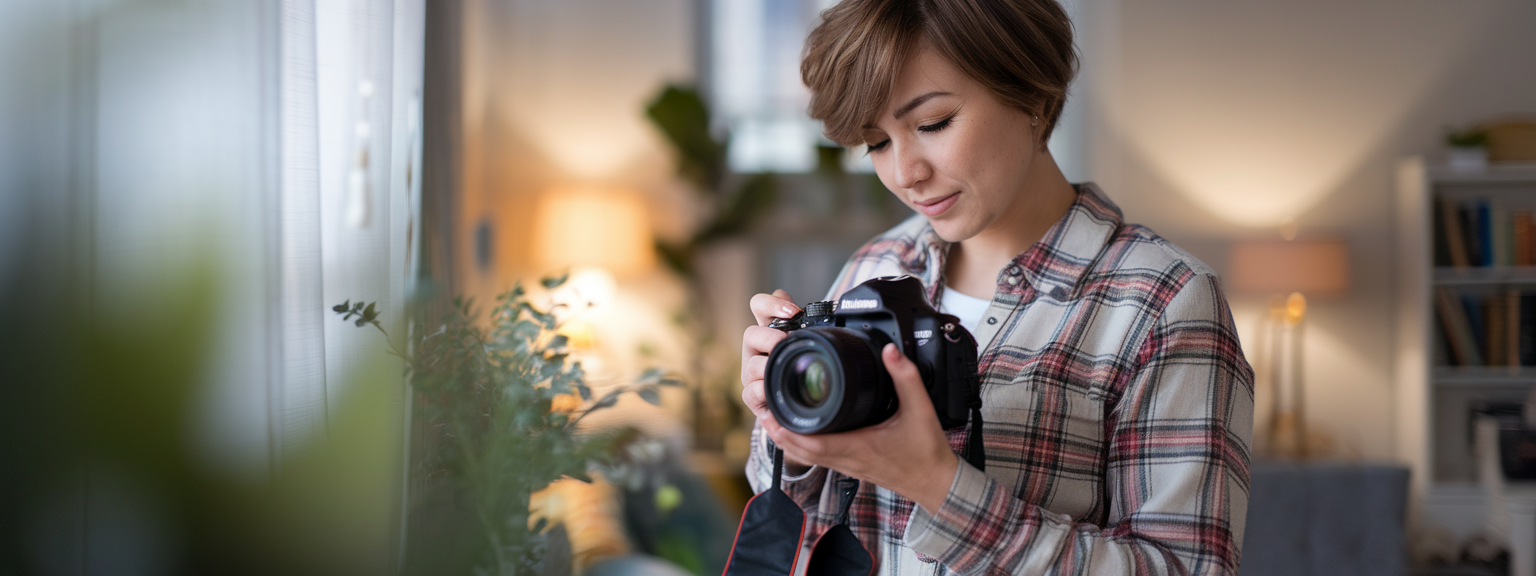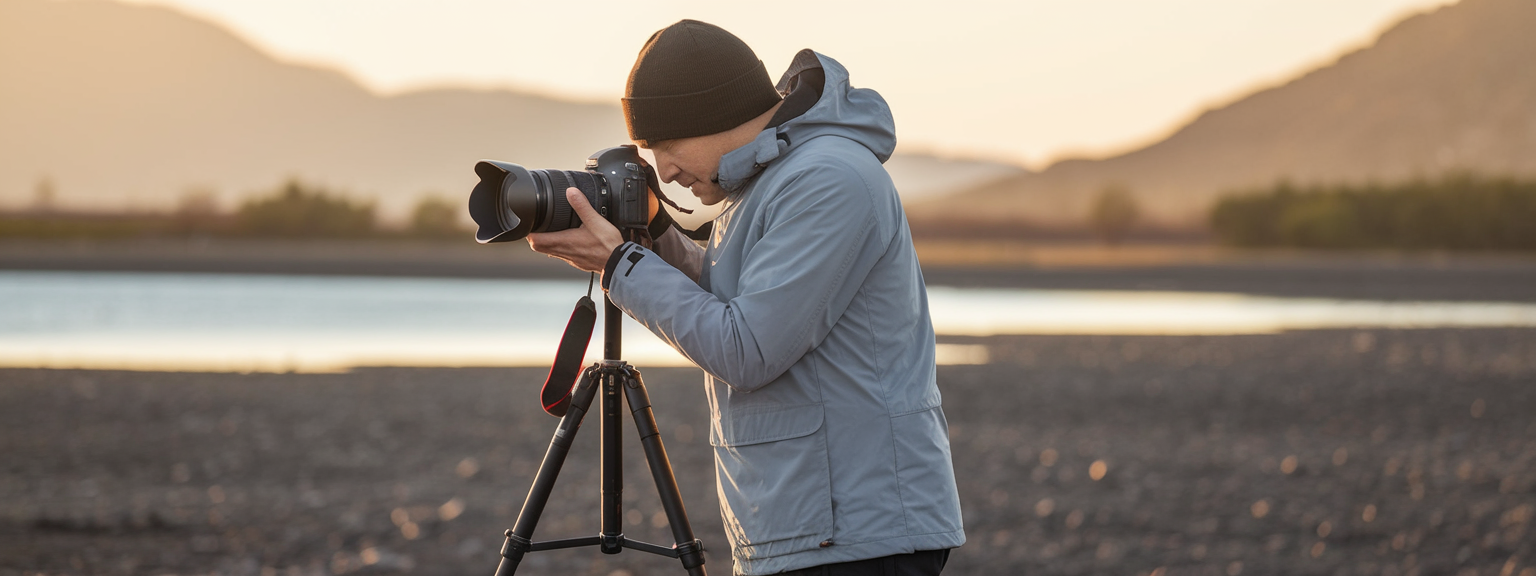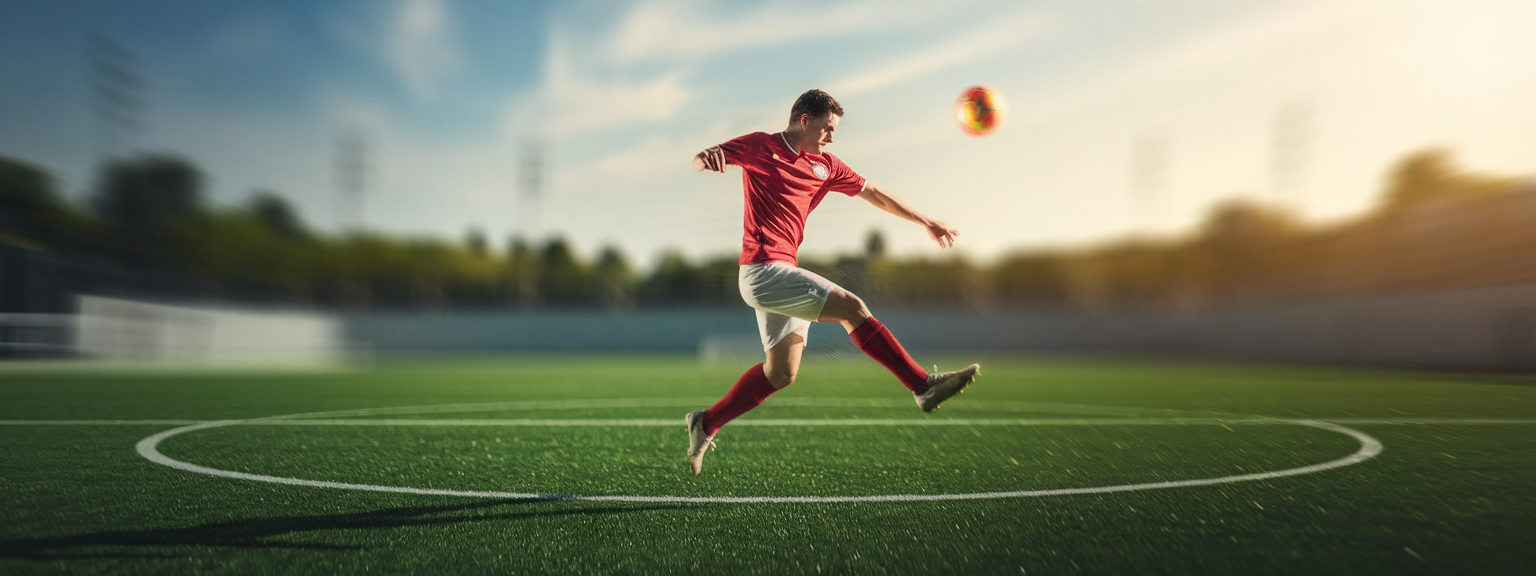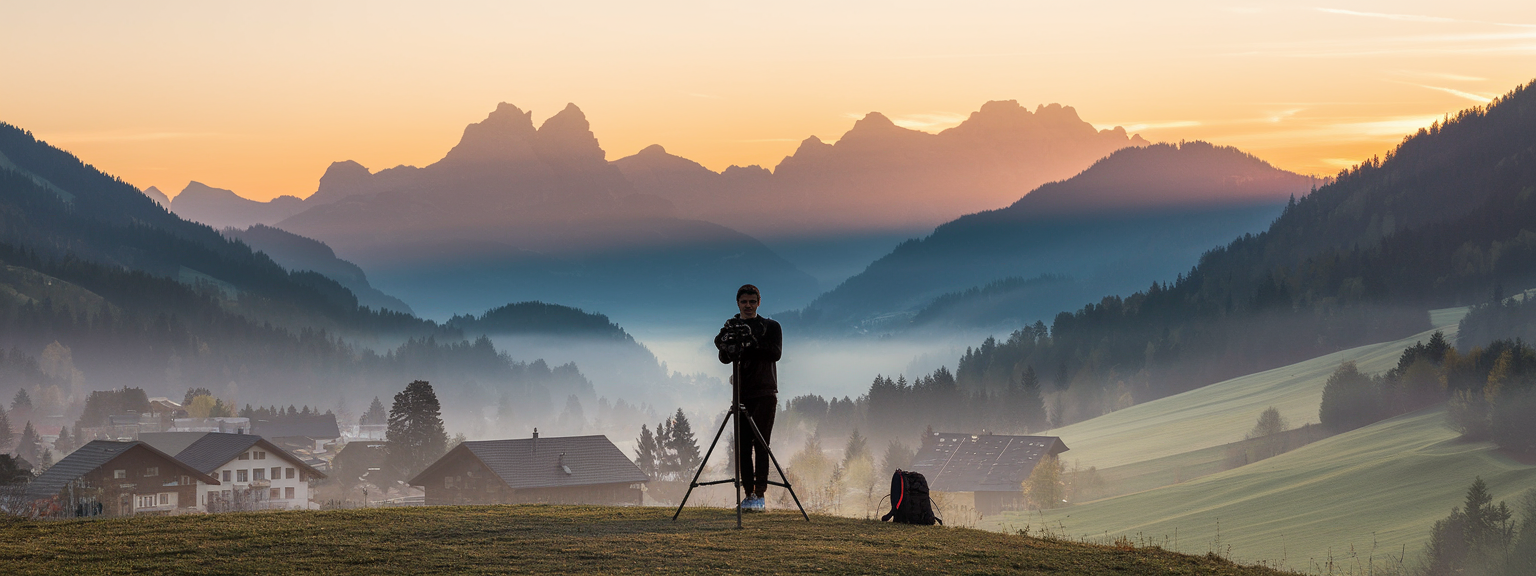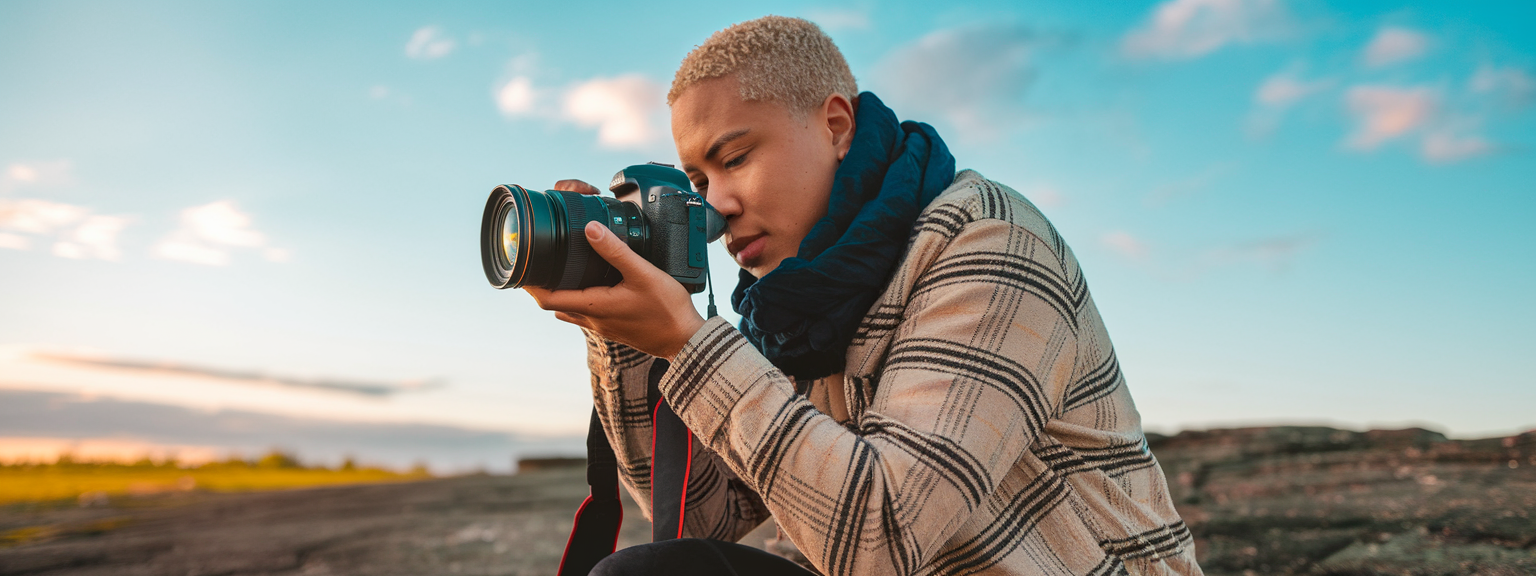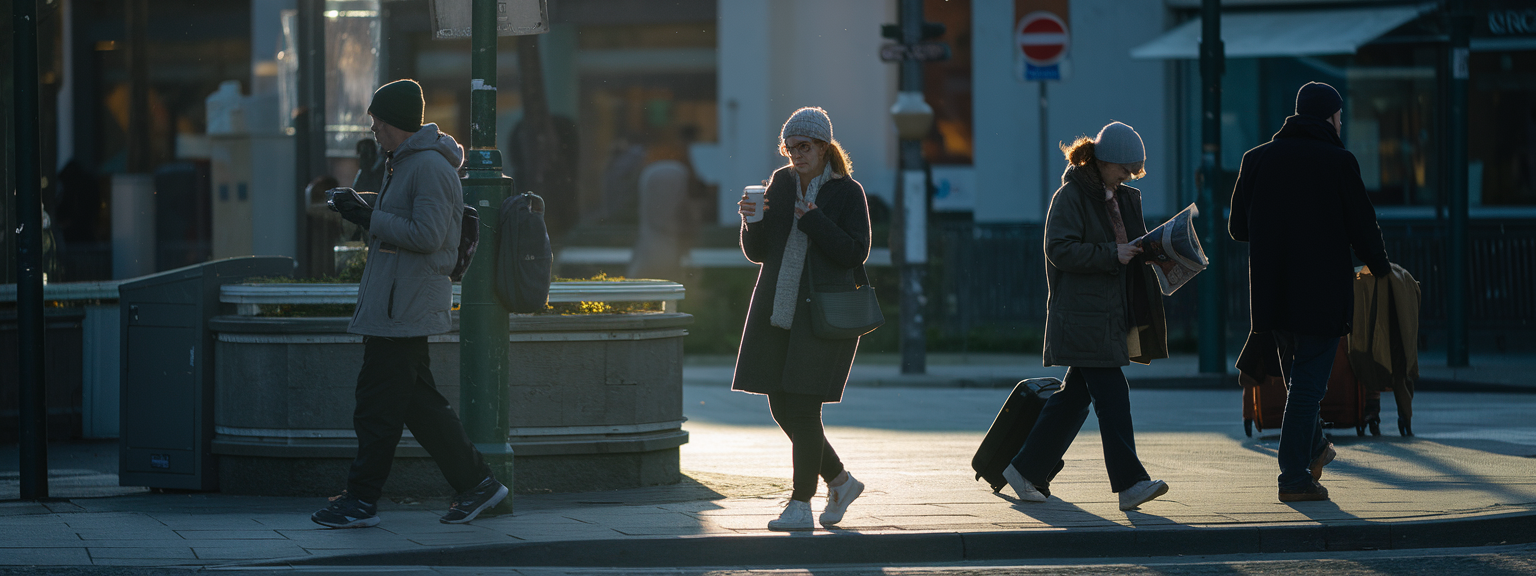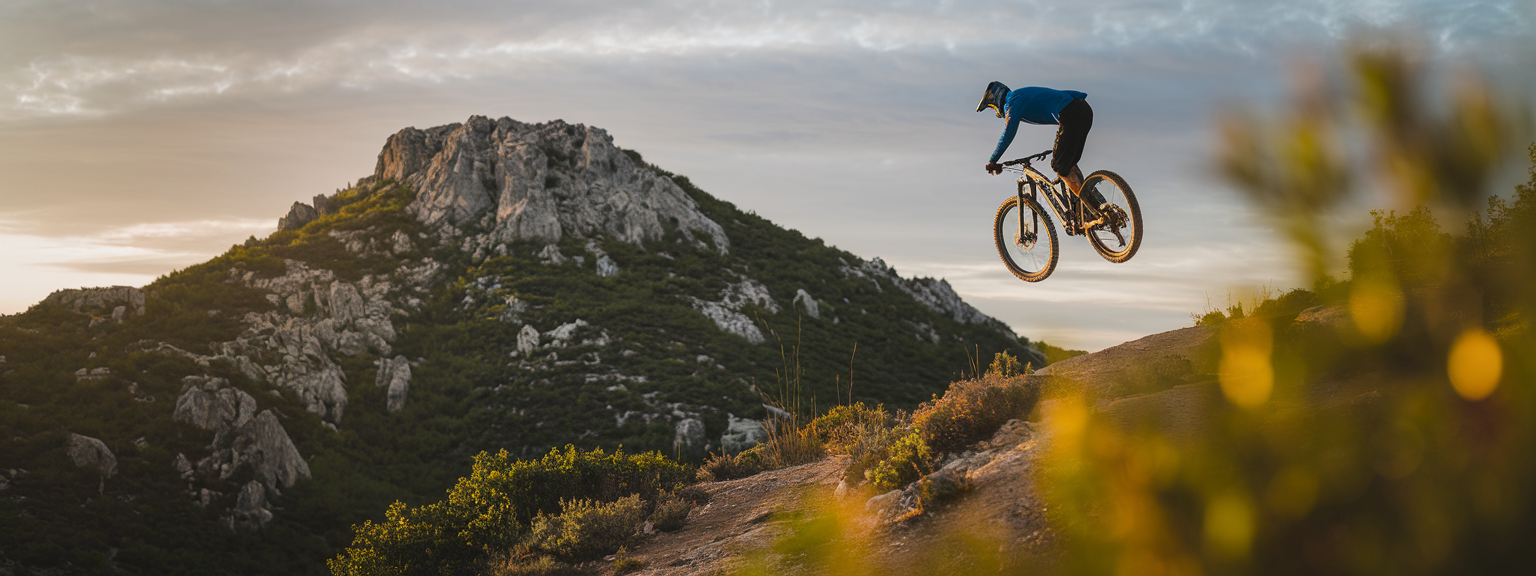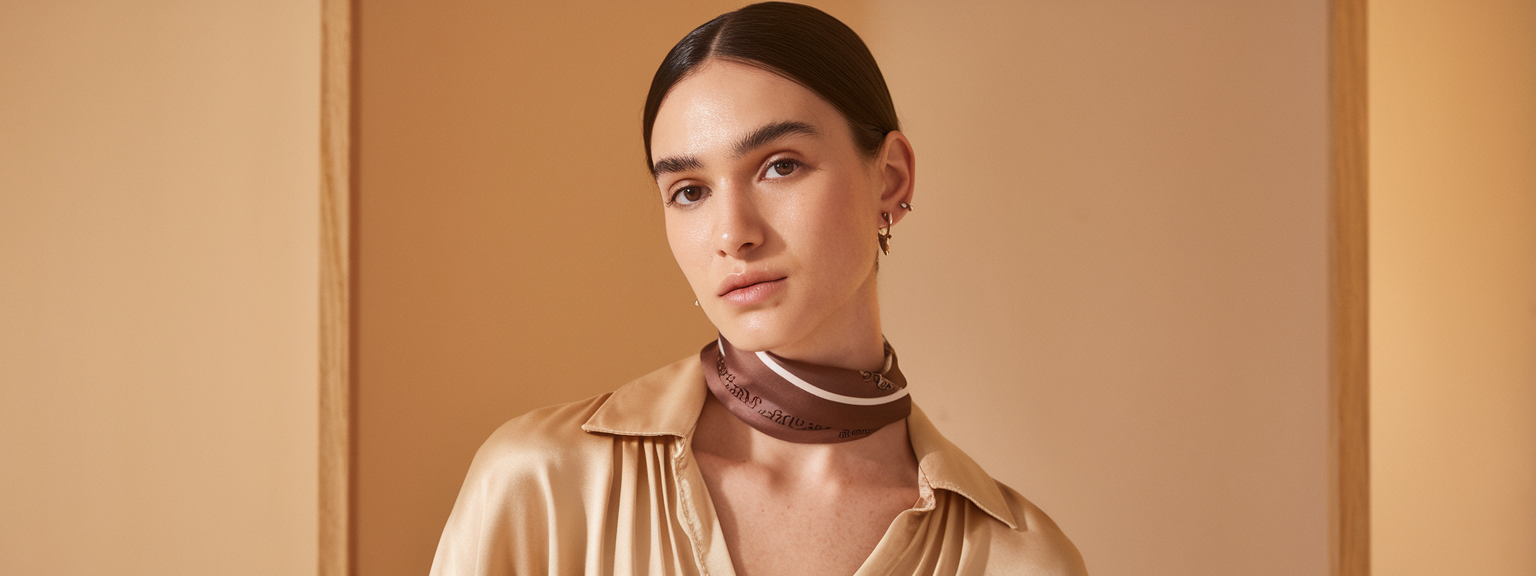Unlock the Magic of Photo Contrast: Master Shadows and Highlights for Stunning Visual Impact

📝 Step-by-Step Guide: Mastering Photo Contrast
Understanding the Basics of Photo Contrast
Photo Contrast is a fundamental aspect of photography that involves the interplay between light and dark areas within an image. When you master Photo Contrast, you learn how to balance the subtle interplay of shadows and highlights, resulting in images that have depth and visual drama. A clear understanding of Exposure Balance and Light and Shadow dynamics is essential for enhancing overall image quality. In addition, embracing techniques such as tonal range adjustments and careful image editing greatly improves the final output.
Harnessing Shadows and Highlights
Effective use of Shadows and Highlights lies at the core of creating compelling Photo Contrast. By skillfully controlling these elements, photographers can guide the viewer’s eyes to the focal points of the image. Furthermore, using selective adjustments in various image editing software helps to further refine the balance between dark and light areas. This balance is essential in achieving a dynamic tonal range that resonates with excellent visual storytelling and outstanding photography techniques.
Step-by-Step Workflow for Enhancing Photo Contrast
A systematic approach to Photo Contrast improvement involves several key steps. First, evaluate your image’s exposure to ensure that the shadows are detailed and the highlights are not blown out. Next, adjust the tonal range in post-processing to emphasize the depth that provides visual impact. In addition, it is important to periodically compare your work to professional examples to gauge success. As you progress, your photography skills will mature, allowing for more innovative techniques in visual storytelling.
- Start by assessing the image’s natural light and shadows.
- Use editing tools to selectively target underexposed shadows and overexposed highlights.
- Increase the clarity and contrast while preserving essential texture details.
- Experiment with local adjustments to improve the overall image balance.
- Practice regularly to refine your Photo Contrast enhancement skills.
📌 Practical Applications: Mastering Photo Contrast
Real-World Examples of Photo Contrast in Photography
In practical terms, mastering Photo Contrast means translating technical knowledge into creative expression. Many photographers use the interplay between shadows and highlights as a storytelling device, which transforms a simple scene into a narrative masterpiece. For example, the subtle gradation of dark areas can highlight a delicate smile or a concentrated gaze, whereas strategic bright spots can draw attention to a vibrant color or unique texture in a subject. By integrating these techniques, you can significantly improve both the mood and the visual appeal of your images.
Utilizing Photo Contrast in Different Photography Genres
Photo Contrast plays an integral role in a variety of photography genres such as portrait, landscape, and urban photography. For instance, in portrait photography, careful manipulation of shadows and highlights emphasizes facial features and expressions. In landscapes, a balanced tonal range brings out the underlying textures of natural elements, from rugged mountains to serene waters. Additionally, urban photography can benefit from advanced image editing techniques that highlight stark architecture contrasts and vibrant street scenes.
The Intersection of Photo Contrast with Visual Storytelling
Photo Contrast is not just about technical adjustments but also about weaving a story through your images. When using shadows and highlights skillfully, you pave the way for compelling visual storytelling. Maintaining Exposure Balance and a well-defined tonal range ensures that your photograph retains an engaging narrative flow. Moreover, understanding the art of Image Editing to boost these elements can result in a final image that is both aesthetically pleasing and emotionally evocative.
💡 Tips & Tricks: Mastering Photo Contrast
Quick Tips to Enhance Your Photo Contrast Skills
Improving Photo Contrast requires continuous practice and a willingness to experiment with various techniques. Start by acknowledging the natural distribution of light and shadow in your frame. Then, gradually adjust the brightness and exposure settings to prevent any loss in image details. Using a combination of in-camera settings and post-processing tools gives you a fine-tuning edge. Not only does this approach highlight your subject matter, but it also enhances overall photography techniques, making your images stand out.
Expert Advice and Frequently Overlooked Tricks
Seasoned photographers often stress the importance of natural light when working with Photo Contrast. They recommend shooting during the golden hours to maximize the soft glow of early morning or late afternoon light. In addition, do not hesitate to experiment with manual settings such as ISO and shutter speed, which can further optimize your shadows and highlights. Another valuable tip is to harness the potential of contrast masks during your editing process, ensuring that every detail in your image is meticulously balanced. These methods not only refine your Exposure Balance but also elevate your overall photography skills.
📸 Sample Scenario
A Day in the Life of a Street Photographer
Imagine a bustling city street where vibrant neon signs meet deep, enveloping shadows. In this scenario, Photo Contrast becomes the bridge between chaotic urban energy and artistic expression. A street photographer harnesses the interplay of light and dark by setting a deliberate focus on a subject emerging from the shadows. The careful orchestration of Shadows and Highlights ensures that every frame resonates with visual storytelling. Furthermore, applying digital techniques to enhance the tonal range brings out intricate details in both the darkest corners and the brightest highlights. This immersive use of Photo Contrast demonstrates not only technical expertise but also a creative narrative that appeals to diverse audiences.
Incorporating Dynamic Elements in Urban Settings
In urban photography, the challenge is to capture both the structured rigidity of architecture and the spontaneous vibrancy of everyday life. By leveraging advanced Image Editing techniques, you can emphasize natural contrasts between hard-edged buildings and soft, ambient street lights. This duality directly taps into the essence of Photo Contrast. Moreover, a well-executed balance between Exposure Balance and Light and Shadow dynamics creates dramatic yet realistic compositions that draw viewers into the moment.
✅ Key Do’s for Effective Usage
- Plan Your Shots: Before pressing the shutter, evaluate the natural light conditions to determine the best approach for managing shadows and highlights.
- Experiment with Settings: Use manual camera settings to adjust ISO, shutter speed, and aperture to achieve an optimal Exposure Balance.
- Invest in Quality Editing Software: Advanced tools allow for precise adjustments to tonal range, ensuring a polished final image.
- Practice Consistently: Consistency is key to developing a unique style in Photo Contrast enhancement and overall Photography Techniques.
- Study Professional Work: Analyze renowned photographers’ work to learn how they expertly manipulate light and shadow for impactful Visual Storytelling.
- Utilize Contrast Masks: Apply contrast masks in post-processing to fine-tune the image’s tonal balance without losing detail.
❌ Common Mistakes to Avoid
- Overprocessing: Over-editing can lead to unrealistic results; ensure your adjustments enhance the natural look of your photo.
- Neglecting Exposure Balance: Failing to maintain proper exposure may result in lost details in both shadows and highlights.
- Ignorance of Natural Lighting: Relying solely on artificial lighting without considering natural light can compromise the authenticity of the image.
- Inconsistent Editing Style: Switching between different editing styles may confuse your audience and weaken your photographic signature.
- Excessive Contrast: Pushing contrast too far can create harsh images that distract from the subject.
🔄 Troubleshooting & FAQs
How can I achieve a balanced Photo Contrast in challenging lighting?
To achieve balanced Photo Contrast in challenging lighting conditions, start by setting a proper exposure that captures as many details as possible. Then, use post-processing techniques to gently boost the tonal range without sacrificing the integrity of shadows and highlights. Adjust the midtones gradually, and always compare your edited image with the original scene.
What are the best Photography Techniques for enhancing Photo Contrast?
Some of the best Photography Techniques include shooting during the golden hour, using a reflector to supplement shadows, and leveraging manual camera settings to control exposure. Additionally, utilizing advanced Image Editing methods such as contrast masks and selective adjustments can dramatically improve your final image.
Why is it important to maintain Exposure Balance when working with Photo Contrast?
Maintaining Exposure Balance prevents both loss of detail in overly dark shadows and blown-out highlights. This balance is critical not only for preserving the natural look of your image but also for enhancing the overall storytelling capability through a well-defined tonal range.
Can I apply these Photo Contrast tips on any photography genre?
Absolutely. Whether you are experimenting with portraits, landscapes, or urban photography, mastering Photo Contrast by adjusting Shadows and Highlights plays a major role in delivering versatile and compelling images. Understanding these Photography Techniques also significantly enhances your overall Photography Skills.
🖼️ Bringing It All Together
Summarizing the Essentials of Photo Contrast
In summary, mastering Photo Contrast is an indispensable skill for photographers who wish to elevate their imagery. By understanding and applying the balance between Shadows and Highlights, you can create images that boast excellent Exposure Balance and a dynamic tonal range. These techniques not only contribute to improved Image Editing but also serve as a powerful tool in Visual Storytelling. Whether you are a beginner or an advanced photographer, the journey toward mastering Photo Contrast is filled with continuous learning and experimentation.
Embrace the art of Photo Contrast as it transforms your gallery into a collection of vibrant, storytelling masterpieces. Remember that the key to success lies in careful planning, continuous practice, and a passion for photography that transcends the technical details. With each shot, you harness the interplay of light and shadow, crafting a narrative that speaks volumes without uttering a word.
Explore additional resources, experiment with different lighting environments, and let your creativity flourish as you continue your journey to mastering Photo Contrast. Every image you create is a step forward in perfecting your craft of balancing Shadows and Highlights, refining overall Exposure Balance, and telling truly captivating visual stories.

